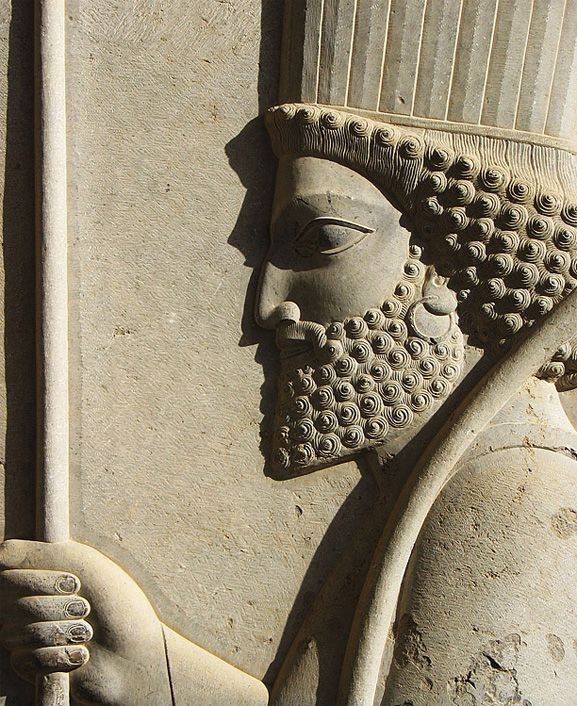Mr. Saleem Begh has served as the Director of General Tourism, J&K and later took over the responsibilities of the Honorary Convener of the Indian National Trust for Art and Cultural Heritage, J&K. This chapter has now become a leading voice for preservation of natural and man-made heritage in the country. Here’s what he had to say in an interview about Persian Influence on Kashmir.
Q1. Could you please talk about the role that Islam played in the relationship between Persia and Kashmir?
Islam came to Kashmir during the 14 century, at a time when Iran occupied a high status by virtue of being a hub of knowledge. It is believed that before Islam came to Kashmir, the governing institutions had lost their righteousness; Society wasn’t just and equal for all. With Islam, the power of knowledge, equality, and ideas came to Kashmir.
The most potent message of Islam in Kashmir came from Shah Hamdan who was from Persia. He arrived nearly 100 years after the establishment of the Muslim sultanate. His thoughts are preserved in the form of the letters that he wrote which contained the message of peace and justice and their application regardless of religion.
Islam also played an instrumental role in the architecture of the two lands. The Jama Masjid (constructed by the architect Sadrudin Kharasani) is a fine example of the Persian style of architecture that is clearly visible in its peculiar courtyard.
Q2. What can you tell us about the correlation between Kashmir and Persia in terms of art and culture?
Kashmir perhaps produced the best paper in the subcontinent. Qadir Badayuni, an eminent member of Akbar’s court, had once asked Sheikh Yaqoob, a prominent Kashmiri to bring Kashmiri Paper with him. This shows how popular Kashmiri paper making used to be.
I don’t think it’s prudent to say that the origin of Kashmiri craft is Iranian. Many of our crafts were there well before relations with Persia were established. When we established contact with Iran, we were subjected to a different type of culture that was highly developed. The Kashmiri society was always open to ideas and it absorbed some ideas from Persian crafts and culture as well.
According to research, Shawls were produced in Iran on a large scale. During the Qajar period in Iran, it was customary to give gifts to the rulers. It is said that Kashmiri shawls were among the best gifts that were given.
Q3. What impact has the Persian language had on the Kashmiri language?
As soon as its arrival, Persian gained the status of an official language and Kashmir became a literary house of Persian. For example Gani: A Persian language poet widely regarded as the greatest writer of Persian in the Mughal era.
For argument’s sake, if you take a sentence in Kashmiri that has seven words, four will likely be of Persian origin. The names of nearly all of the Kashmiri shawls can be traced back to Persian: chasme bulbul, dara, khateras, etc. The Persian term Kaam e Qalamdani is known today as Paper Mache. In conclusion, Kashmiri is a highly Persianized language.
Q4. Is Kashmir really ‘Iran-e-Shageer’ or is this title only restricted to prose and poetry?
No, the title of ‘Iran-e- Sageer’ is not only limited to prose and poetry.
Khalid Khursheed
Class IX
